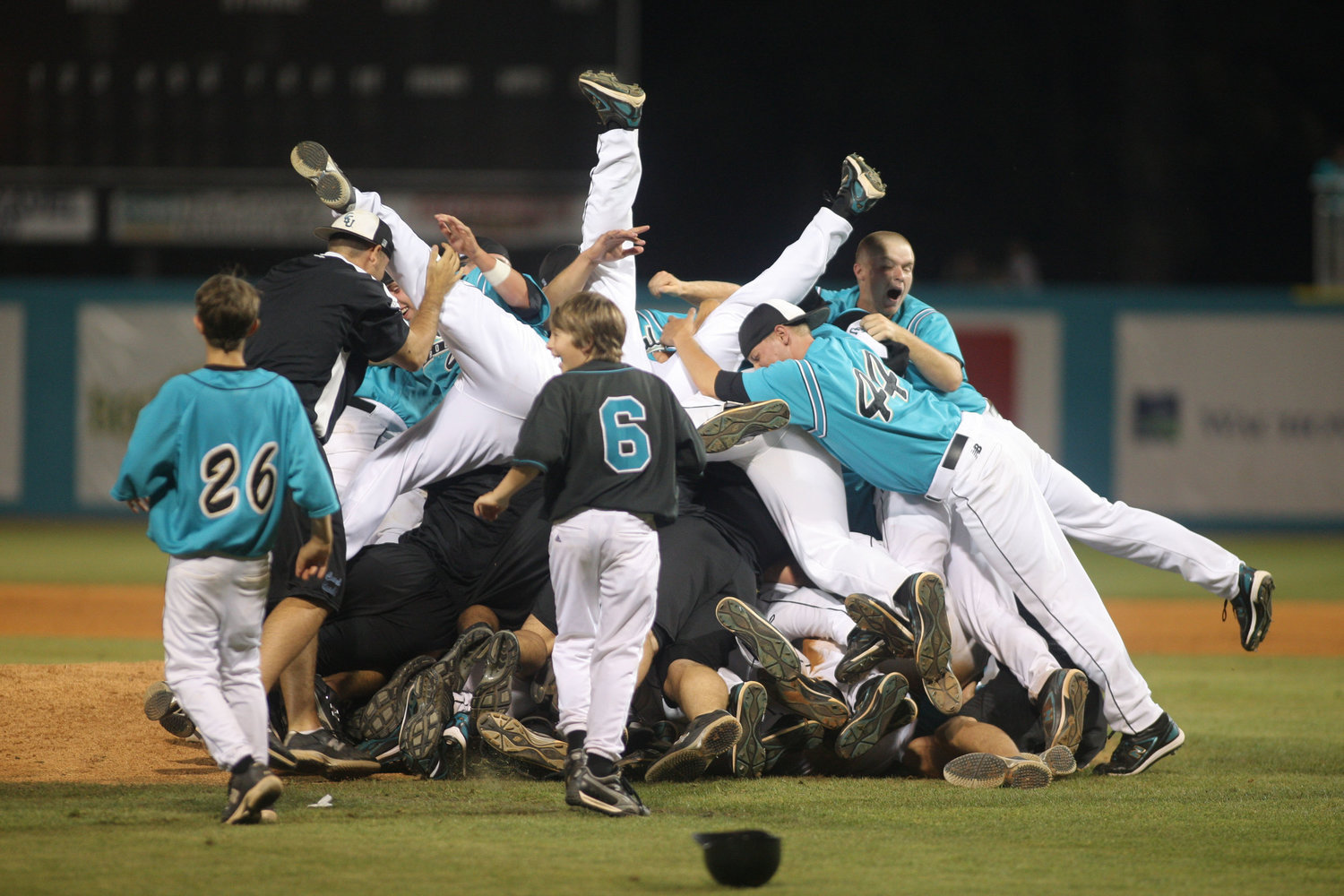The Second Baseman Is Not The Relay Player ...their role is to 'get the ball back to the infield'
/Relays To Home Are Run Usually Run Incorrectly
We are coaching our team at the local playfield. A runner on second; our team holding a two-run lead. The batter slugs a base hit over the second baseman’s head. The right fielder hustles over to the ball while the second baseman moves into the outfield.
The runner is being waved home. Our right fielder picks up the ball and makes the 30’ foot throw to the second baseman. The second baseman turns and unleashes a 100’ throw toward home as the base runner barrels down the line. The high arcing throw veers offline; runner scores.
The pitcher is standing next to the rubber, watching, hoping, praying that the runner will be out at home. All the while the batter (and potential tying run) is skipping on to second base. The realization sets in on the pitcher that not only is the tying run in scoring position, but a potential force out at second against the next batter is lost.
What is the Role of the Second Baseman?
It is important for us to recognize that the second baseman (or shortstop) is not the cut-relay player on base hits to the outfield. The role of the middle infielders in this situation is to ‘Get the Ball Back to the Infield’ when the outfielder has no play on a runner.
The cut-relay player in this situation, and at all levels of baseball and softball, is positioned just inside the baselines. On the larger diamond the Cut-Relay player is the first baseman or third baseman. On the smaller diamond the cut-relay player is the pitcher.
Why is the Pitcher the Cut-Relay Player on the Small Diamond?
Most smaller diamonds have little room between home plate and the backstop
On a larger playing field, which has the backstop quite a way behind home plate, the pitcher’s responsibility is back-up on throws to home. This is not necessary in the game played on the smaller diamond.
The pitcher is one of the better athletes on the field
At this level of play it makes sense to get the ball in the hands of one of our best athletes as often as possible.
Simplification
Making the pitcher the cut-relay player, for all throws to home plate simplifies things for the players and coaches.
(In the game played on the larger diamond the first baseman is the cut-relay player on balls hit to right and center fields, while the third baseman is the cut-relay man on balls hit to left field. There is an either-or decision to be made; opens the door for a mental mistake.)
Get the Ball Back to the Infield
Identifying the difference between a ‘Cut-Relay’ play and a ‘Get the ball back to the infield’ situation:
The runner from second stops at third or is clearly going to score. There is no reason to risk a throw. Now we have a situation where we need to get the ball back into the infield. As simple as this sounds, we need to educate our players to recognize the situation and ‘execute’ getting the ball back to the pitcher, securely. Below is a diagram of a drill to train this ‘simple’ play.
First, instruct the second baseman (or shortstop) to run further out towards the outfielder (within 15’-20’).
Next, instruct the outfielder to underhand toss the ball to the middle infielder (or literally hand it to them).
Finally, the middle infielder quickly turns and runs the ball back into the infield (while maintaining constant attention on the base runner(s) ).
If the outfielder has a throw, the middle infielder gets out of their way. Then turns and looks for where they are needed; cover a Base or Back-up (they are no longer ‘playing the Ball’). - see Three Individual Responsibilities on Defense




